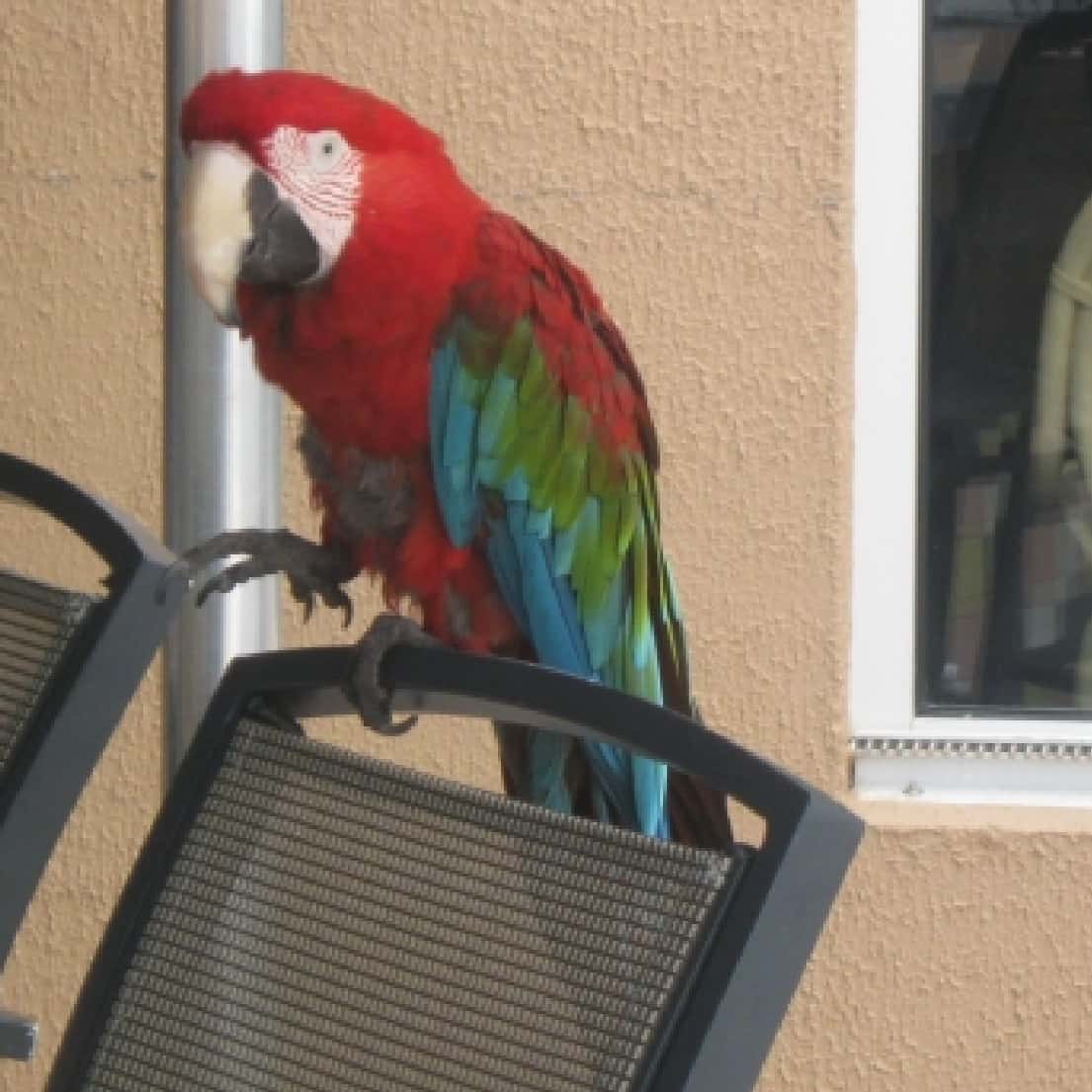
Should You Let Pet Birds Fly Around Your Home Freely?
Last Updated on by Catherine Tobsing
My doctor advised me to stop reading Quora posts because it worked against the blood pressure medication he is prescribing for me.
Reviewing the answers I see in the Quora thread using too many useless adverbs.
“Absolutely not” is a cop-out answer as there are no “absolutes” given over eleven thousand species of birds.
Do you really want to base your bird’s life on the answer about “another bird owned by a friend”?
I do not surf Quora but Quora questions, show up daily bloating my inbox.
I purposely choose the ones where there are not even close to any accurate answers.
When I’m told by a pet bird keeper that they’ve been raising birds for 25 years and there’s little that they don’t know, I remind them of a friend who has been cleaning surgery rooms in a hospital for 20 years but still can’t perform an appendectomy.
Let’s flap into this subject, shall we?
We have 11 birds, an African ringneck, A blue Quaker, a grey cockatiel, and 8 budgies.
PLUS now three babies in the breeder box (cage with 3 lights – box on the right) so I suppose we have 14 birds.
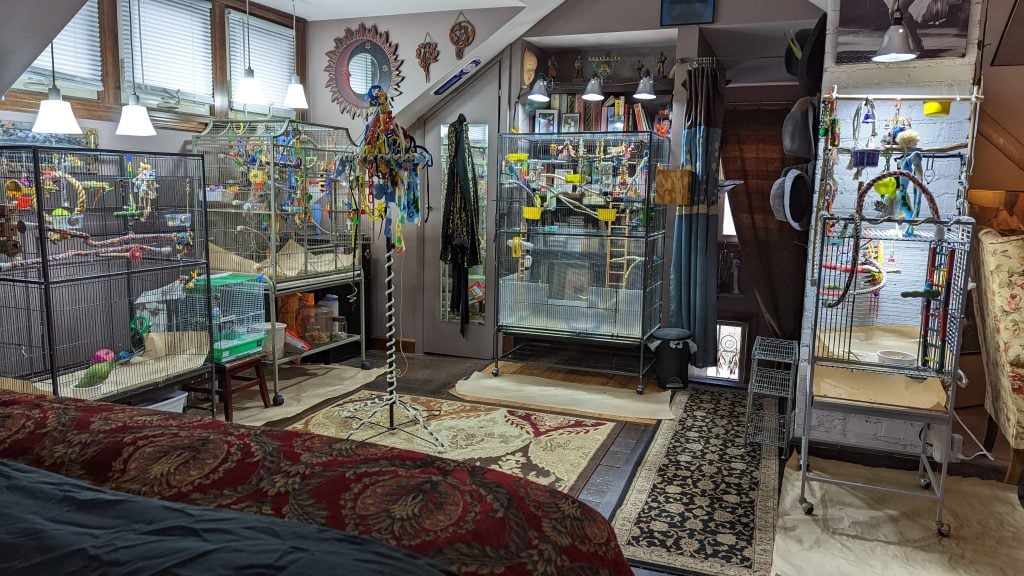
The first thing that jumps into my mind when I talk about our FIDs is that the ringneck is indigenous to Africa, the Quaker is indigenous to South America and the cockatiel is indigenous to Australia as well as the budgies.
Take a Quiz to Learn How Much You Know About the Bird in Your Cage
Now picture of human networking event in your mind where attendees are from three different continents.

Everyone understands everyone else instantly right? Of course not.
We also deal with the issue that all our birds are rescues.
We have a thumbnail sketch on the background of all of them but we started fresh once they entered our home.
When you bring a bird into your home, what’s your plan?
The action of allowing your birds out of the cage can have multiple reactions.
Birds with clipped wings are generally floorwalkers which means death or injury by the sole of a human shoe is far greater than birds who are flighted and not walking on the ground.
This also holds true for unflighted birds who have other predatory animals in the house like dogs and cats. A flighted bird that sees a dog or cat coming its way in the home can easily find an escape route named “UP” and then seek an appropriate Landing Zone.
Landing zones are one of the most important areas of your home font the most neglected by pet birdkeepers.
Landing zones ask the question, where does your bird fly to once it leaves the cage?
Your bird does not know the difference between an $800 dollar dining room chair – and a stick.
We also don’t need to teach our birds how to fly.
They’ve known this function for 100 million years.
We need to teach them where to land, not how to fly.
Ironically teaching them where to land is useful when teaching them how to fly.
Let’s focus on how to determine appropriate landing zones.
This is done by both you and the bird.
Here’s a picture of Barney who spends roughly 10 hours a day on the headboard of our bed.
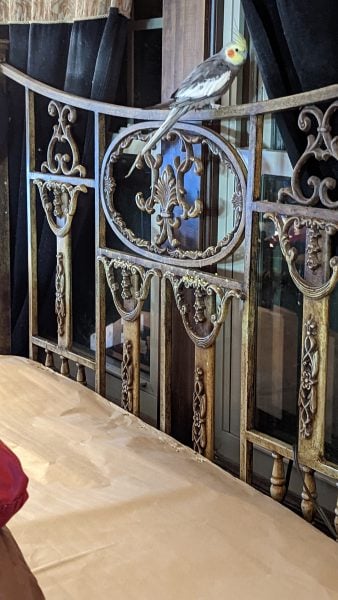
Spring through fall dozens of sparrows and he gets to look at all the traffic coming and going around our place.
The headboard is cinched up against two double-hung Windows which he has never flown into.
Two prophylactic measures need to be considered for any pet bird interior landing zone chewing and poop.
If your parrot is a chewer, a bird play stand solves that problem.
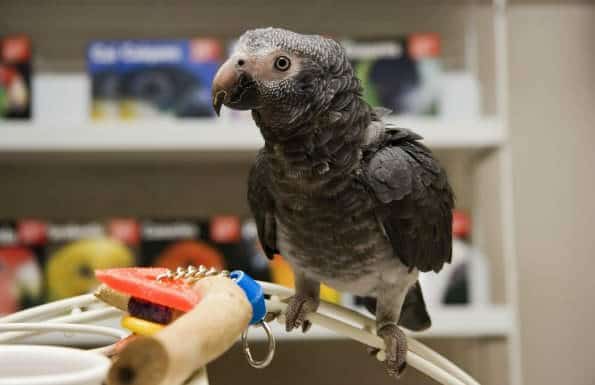
It’s best to keep one small food dish with no more than half an inch layer of bird food in the dish making the play stand an attractive place to grab a snack while visiting you in the kitchen for instance.
Poop is the larger problem.
We know you like to vacuum because you have birds.
But poop cleanup has its own challenges
Barney is not a chewer but like all birds is a pooper.
He’s allowed to stay on the bed frame/headboard all day because I pull the pillows forward every morning.
Then lay a long sheet of craft paper over the fitted sheet and voila no soiled linen.
We put this paper under the fronts of all the cages which sit on top of a sheet of linoleum flooring so the floors are well protected.
It’s rare that we have all the birds out of their cages together.
If the Keto (the ringneck) and Chili (the quaker have both birdcage doors open, Chili will make himself comfortable in Keto’s cage on a perch or the food dish.
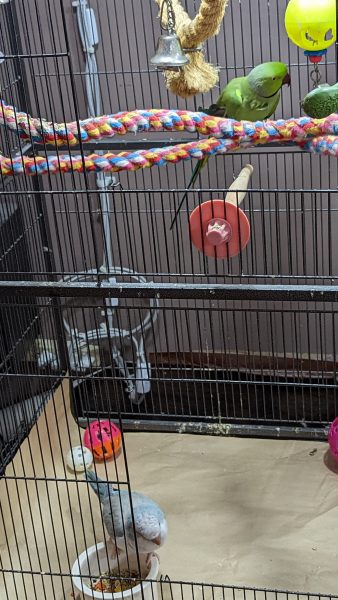
This activity makes Keto anxious and he will chirp incessantly until I move Chili back to his cage.
We are starting to leave the budgie flight cage door open.
However, the 3 larger parrots have no patience and will lash out at any parakeet landing on either respective cage.
And so the job of kindergarten cop follows me at the age of 70.
In review.
It’s ok to let your birds out and it’s important that you have earned the right for returning them to their cage without a bite).
When out, if earned, let them fly to your shoulder.
If you are in for the evening and your feathery friend wants to be with you, plan for it.
Pro bird keeper tip.
Parrots poop about every 15 minutes.
Wait until your bird poops in or on the cage and then allow them to spend warm and fuzzy time with you.
Keep a timing device close and around 13 – 14 minutes, return your little Pookie to its cage, wait for poop and the bird can return to your side.
People talk about birds not liking change.
Birds simply don’t like it when their expectations are not met.
No more 5 minutes after 8 PM Keto will chirp like an incessant fire alarm until he gets his nummies.
When the cage door opens your bird has choices, defined by you.
A curtain top is not acceptable – a shower perch in the same window solves the problem.
This is Chili Our Blue Quaker Working for his Supper as a Window Perch Model
If you are just in the research phase of acquiring a pet bird or working through behavioral issues start with clicker training
Written by Mitch Rezman
Approved by Catherine Tobsing
Your Zygodactyl Footnote
Three babies with 2 eggs to go
Author Profile
Latest entries
 The Traveling BirdJune 26, 2025Can You Name 5 Parrot Species That Are Living Wild in the USA?
The Traveling BirdJune 26, 2025Can You Name 5 Parrot Species That Are Living Wild in the USA? Bird BehaviorJune 26, 2025How is it Parrots Are Problem Solvers Social Animals and Even Use Tools?
Bird BehaviorJune 26, 2025How is it Parrots Are Problem Solvers Social Animals and Even Use Tools? Bird & Parrot AnatomyJune 25, 2025How a Tiny Chemical Modification Makes Parrots Nature’s Living Paintings
Bird & Parrot AnatomyJune 25, 2025How a Tiny Chemical Modification Makes Parrots Nature’s Living Paintings PigeonsJune 20, 2025How Do Parrots Thrive in Cities Outside Their Native Habitats?
PigeonsJune 20, 2025How Do Parrots Thrive in Cities Outside Their Native Habitats?
This Post Has 3 Comments
Leave a Reply
You must be logged in to post a comment.
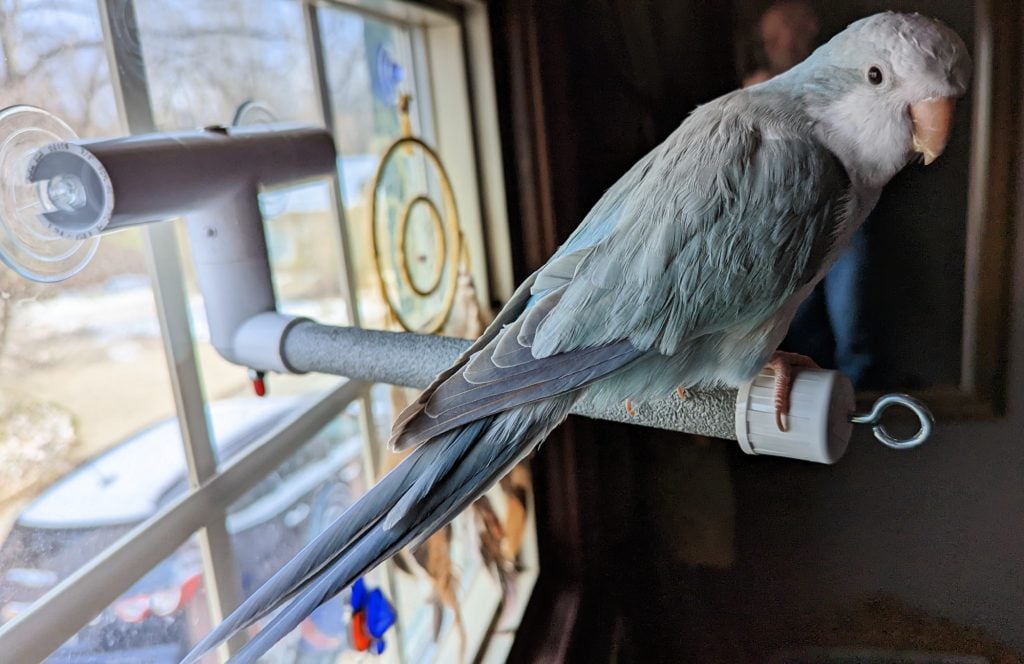
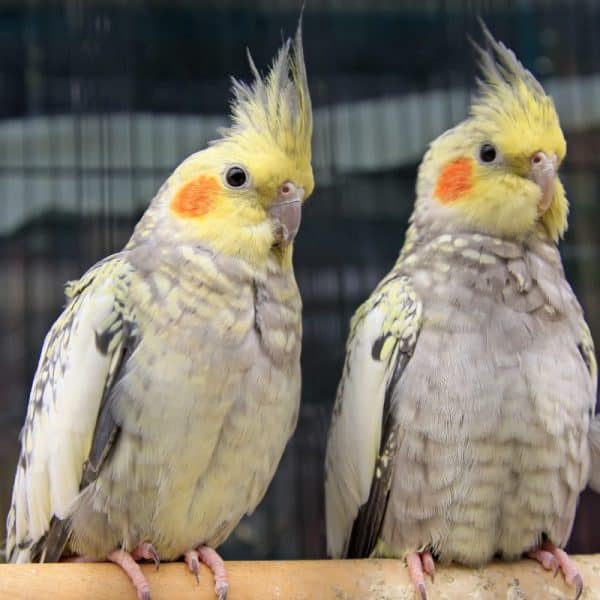
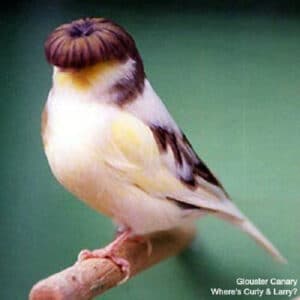

[email protected]
20 Nov 2022Mitch,
Maxxi, 8yrs. old, has started downright BITING ME, LIFTING her wings to attack me!
I don’t know what has come over her! She goes to my husband with no problem and will attack me when I go to get her!
Any suggestions as to handle this? I need to get her to harness her to go outside.
HELP (and thank you),
Cissy Rogers
Mitch Rezman
26 Nov 2022Is artificial lighting employed?
Mitch Rezman
28 Nov 2022Lose the top tray altogether and place minimal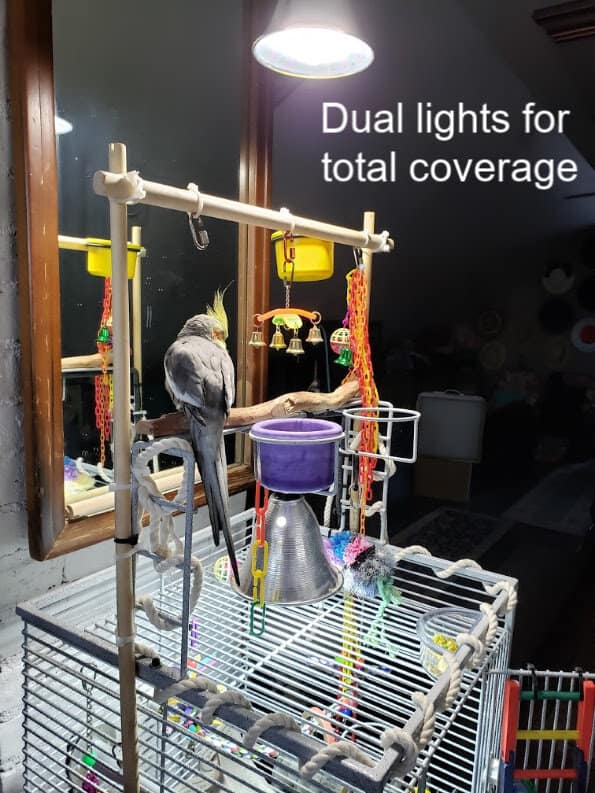 food in the upper cups
food in the upper cups